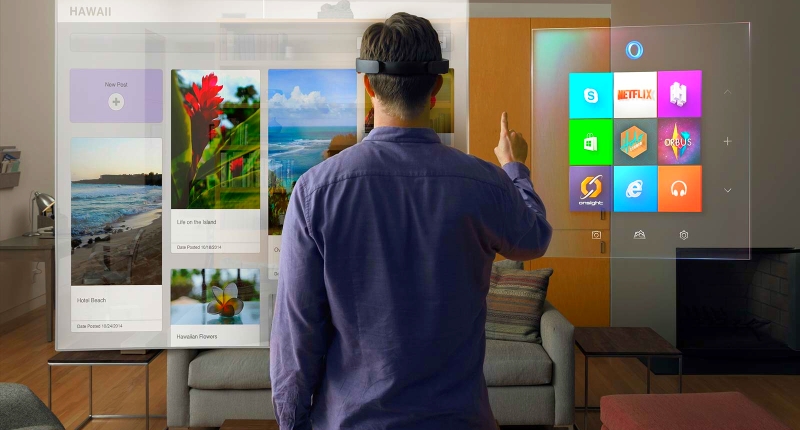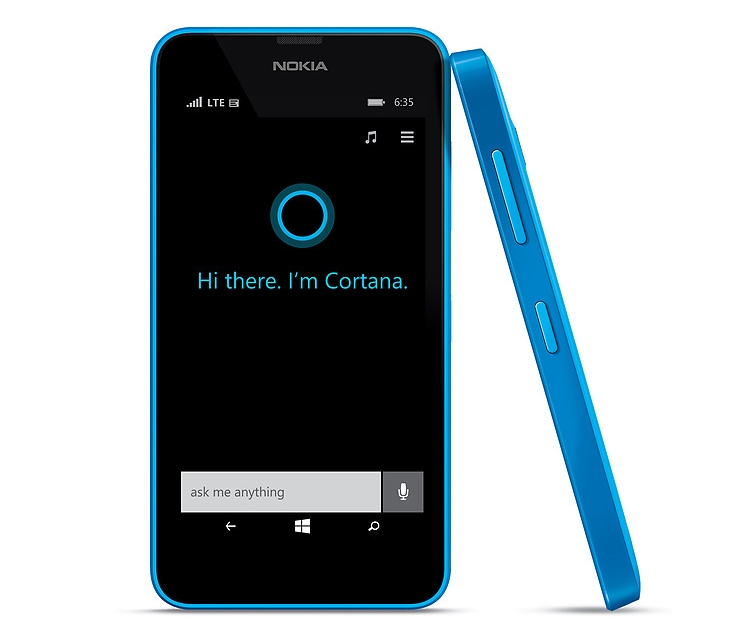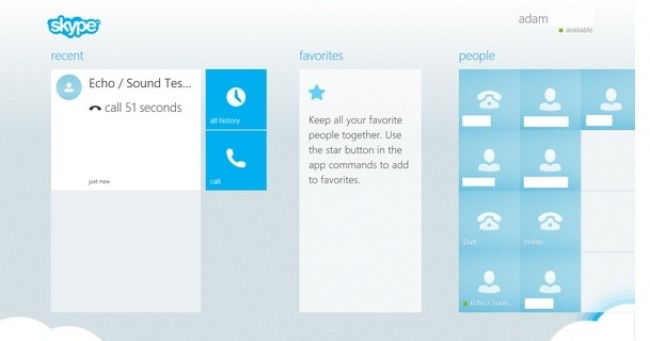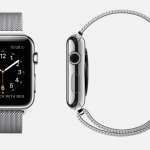OpenAI has launched GPT 5.2, a major model upgrade now available in both the API and ChatGPT. It is described as the company’s most…
HoloLens, Continuum and Cortana: Microsoft’s Windows 10 playbook

We knew Microsoft was going to talk about Windows 10 at length today, but no one realised just how much the company had to show. Since its previous press event at the back end of 2014, the Windows 10 has grown in a number of aspects and spread its wings across platforms great and small.
After a seriously long press conference in Redmond, we nurse our tired eyes to round up some of the most pertinent points for those who missed the announcements and suggest what the implications are for the end user, Microsoft’s products and its rival’s offerings.
First thing’s first…
Big announcement #1: Windows 10 will be a free upgrade for Windows 7, 8 and 8.1 users for the first year
We covered this story before but today it was made official by Terry Myerson. This is not only great for Windows users but its something of an apology from the company who gave us Windows 8. Now, before you jump down my throat about Windows 8.x not being that bad, it wasn’t the greatest enterprise OS, was it?
The implications: Microsoft needs to win over the fans it lost with Windows 8, and that includes winning back the confidence of enterprises. Making Windows 10 free for the first year not only simplifies this process but is a show of goodwill. It’s also easier for the company to build a more unified experience. As Myerson reiterated, the “seamless” experience is what the company is working towards with Windows 10. It can’t do that if all the users are torn between four different operating systems.
Essentially, once Windows 10 is out, Microsoft will be killing off 7, and 8.x for good.
Big announcement #2: Continuum will change the way we see laptops and tablets
Windows 10 turns laptops into tablets and tablets into laptops, thanks to the clever Continuum UI feature. Unplug the keyboard (assuming you have a hybrid) and the OS asks if you’d like to switch to tablet mode. Slick. Reattach the keyboard, and the OS asks if you’d like to switch to desktop mode. It’s “seamless” and looks rather foolproof in its very early iteration.
The implications: While Joe Belfiore showcased these workings on a hybrid tablet, it somehow seems plausible to add this feature to smartphones. For instance, connecting a smartphone (of Lumia breed for example’s sake) via a mini HDMI bridge, the phone could ask if you’d like to view Windows 10 on said screen in desktop mode. Hooking a Bluetooth keyboard and mouse to the phone turns that Lumia device into a portable PC. Could it happen? I see no reason why it shouldn’t.
Nevertheless, Continuum finally solves the great Windows 8 issue of “which device should we pander to, tablets or desktops?” and caters for both.
Big announcement #3: Cortana is finally official, and slightly creepy

Plugging into Bing (and seemingly the entire Windows 10 experience), Cortana lives in the reinvigorated taskbar and can be called up using the simple audio command of “Hey Cortana”.
Microsoft’s bid to make voice commands more natural certainly looks great, at least when Joe Belfiore was demoing the system on stage, but deep integration with the OS will undoubtedly scare some.
The implications: Privacy. Trust. Security.
What if I don’t want Cortana monitoring my browsing habits? (she plugs into Project Spartan, you know). And what if I don’t want Cortana sniffing around in my directories? It’s a logical step — adding a voice assistant to the OS, especially if Windows 10 is the platform for all devices — but can I tell her when to close her eyes and when to open them?
Big announcement #4: Skype is now baked-into Windows 10

You’ll also be able to holographically Skype others in the future, thanks to the HoloLens headset, which I talk about later in this article.
The implications: IP calling will become a genuine force in the future and Microsoft is making it possible with Skype. Bundled with Window 10 and featured directly in the messaging app, Skype will likely become an even more widely used app than it currently is.
Big announcement #5: “Universal” apps are the way forward
Developers rejoice. No more faffing about writing apps for Windows Phone and Windows 8.x. When Windows 10 rolls out all apps will be sourced in a central store for smartphones and desktops alike. It’s a move that had to come with the unified, seamless vision that is Windows 10.
Microsoft will also ensure that there’s a “family of apps that will be built in” to the OS, to ensure basic functionality. Office, and other apps like the Photo and Music apps will all feature across different devices.
The implications: It’s now much simpler for developers to write apps, for consumers to find apps and for Microsoft to manage apps.
Big announcement #6: Project Spartan is now official and looks much better than Internet Explorer
Rest in peace, Internet Explorer.
Microsoft is taking Myerson’s “Windows 10 is an internet service” idea to heart and will debut a new browser with the OS. Dubbed Project Spartan (a genuinely great name for a browser, Microsoft), it features some very nifty built in features, including Cortana integration, a note-taking feature and a distraction free reading mode.
Two things are not yet resolved though. Is Spartan the IE replacement we all crave, and will it support Chrome extensions as previously rumoured or its own app store?
Read more: Microsoft’s ‘Spartan’ browser may support Google Chrome extensions
The implications: We’ve gone on about the Chrome extensions support ad nauseam, so have a go at that particular story here, but with Cortana integration baked in, those savvy folk are pondering the pitfalls of privacy once again. Personally, I wouldn’t want Cortana following me around the web. Privacy aside, bundling Spartan with Windows 10 will ensure that it grabs a fat piece of market share pie too, like its IE predecessor.
Big announcement #7: There’s now a bona fide relationship between Xbox and Windows 10
The most Sony-poking news of the evening came from Phil Spenser — head of the Xbox divison — who unveiled Microsoft’s plans to integrate the Xbox ecosystem into Windows 10. The Xbox App will now come rolled with the OS on all platforms and will allow users to plug directly into the home Xbox One. Users can share clips, record game clips using the new DVR function and stream games directly from the Xbox One itself. Spenser showed this off using a Surface Pro 3, and it looked slick.
Cross-device multiplayer is a great addition too which will allow PC gamers to challenge Xbox One gamers in the same game.
The implications: It’s something Microsoft should have done ages ago, but it’s great that its not turning its back on PC gamers. The company has the upper hand on Nintendo and Sony in that it boasts two gamer-laden platforms. Windows 10 will do nicely to appease the PC gaming crowd featuring support for DirectX 12 too, but will this move also bolster Xbox One sales? It seems quite possible. Spenser promised more announcements in the future (notably at March’s GDC), so this isn’t all she wrote.
Big announcement #8: Windows 10 for phones coming in February, the next Windows 10 Insiders build coming “next week”
A build featuring a majority of the features mentioned above will be available to the Windows Insiders Program card holders from next week. Those wanting to give Windows 10 a go on devices under 8-inches will have to wait a bit longer.
The Program has been kind to Microsoft, with 1.7-million users signing up, delivering over 800 000 bad news notes covering 200 000 topics. The company can now get to work ironing out those issues before Windows 10’s final build is set in motion.
The implications: It seems that Microsoft’s on target for a mid-year launch, with the Windows 10 for phones edition coming a bit later in the year.
Big announcement #9: Windows Surface Hub shows the power of Windows 10 and Microsoft’s hardware prowess
It’s not often you find an 84-inch all-in-one meeting monster for your boardroom, but Microsoft has provided us with the Surface Hub. It seems that this was the company’s show-and-tell from a business standpoint, but it worked equally well for those wanting to run a Windows 10 media machine.
Featuring two cameras, Wi-Fi, a 4K pixel density (which doesn’t seem that dense on a screen this big), and collaboration support using the Surface stylus, it’s the company’s boring-meeting-solver.
The implications: Seamless collaboration is the buzz term and the Surface Hub is that in the flesh. Although it should cost a good penny it’s an indication of Microsoft’s enterprise trajectory and balance between work and play. After all, we’d probably end up streaming games to this thing rather than studying stale sales reports.
Big announcement #10: Holograms are a thing, thanks to Microsoft’s Windows 10-powered HoloLens
Read more: Microsoft’s HoloLens looks better than Google Glass, but can it escape the same fate?
We’ve saved the biggest announcement for last, and so did Microsoft. What a sneaky move.
It sounds like something out of Star Trek, and ironically Marty McFly features yet again in a technology scoop, but the HoloLens is Microsoft’s push into the augmented reality space. It’s no Google Glass, Oculus Rift, Sony Project Morpheus or Razer OSVR — it’s something entirely different and actually looks useful.
It’s a traditional headset, but nothing quite like the virtual reality headsets we’ve seen in the past. The lens is transparent so the wearer is able to see the surrounding world perfectly, but the headset overlays fully interactive 3D images onto the screen. Everything’s contained inside the headset, so no wires and lifelines are needed. It’s astonishing and Microsoft is calling it the next PC.
We’ve heard big talk like this from Google when it launched Google Glass, but HoloLens seems more practical.
Microsoft has touted the HoloLens as a gaming device, as a productivity piece and even as an entertainment hub where users can watch movies.
The implications: There are some huge implications. This is the first device of its kind that we’ve seen crafted by such a high-powered company, so the push for “holographic reality” is real. Additionally, it could change the way we consume media, the way enterprises go about constructing a plethora of products and how seemingly complex problems are solved. NASA will allegedly use the HoloLens to drive the Curiosity rover across Mars.
If Microsoft’s calling this the future of the PC, there’s reason to sit up and take note. But will it affect consumers at a grassroots level? We’ll have to wait and see if it can break its vapourware shackles and mature into a tangible, profitable piece of hardware.
Nevertheless, your move Oculus, Sony, Google and company.


